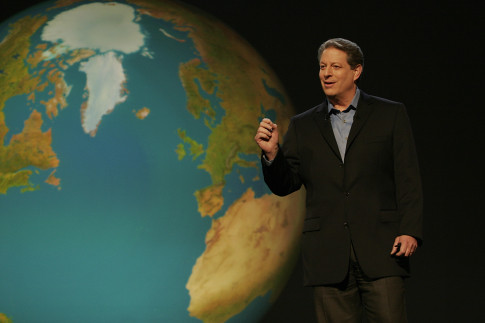In the field of construction, the role of robotics is expanding as technology continues to progress and advance. Increasing safety and productivity are the main drivers in implementing an increasing amount of automated machinery on jobsites. These mechanisms can be programmed to perform tasks from welding and painting to fabricating systems of frames. However, the range of functions in the entire construction process is limited. The intricate and comprehensive nature of the process and industry calls and will continue to call for the experience and intuition of a human mind.
The construction process is one that originated in prehistoric times. The likes of cavemen and nomads had to explore into construction in order to live in their environments. From the rock dwelling of Fred Flintstone to the high-tech Centre Pompidou of Lord Richard Rogers, construction has been a dynamic field that continues to progress and grow according to modern technology.
In the present day and age, technology has allowed humanity an infinite amount of benefits, and the construction industry is certainly no exception. The advancements and improvements to this building craft are almost to the point of full self-organizing automation, or simply put, robotics. Machines have been regularly used in fashioning automobiles for years now, but in terms of constructing entire buildings, that task seems daunting.
The need and desire for the automation of particular construction jobs is evident. Repetition and precision are obvious advantages of a machine. Construction has always been a field of dangers and hazards, even with the numerous precautions and safety codes. Using the advanced technology to remove humans from perilous conditions is a great progression towards eliminating risk and injury in construction.
From a need, an itch, came the scratch. The current development of automation in construction is allowing for safer construction methods and more efficient manufacturing of mass quantities of products.
However, the current state of robotics limits these machines to task-specific roles. The comprehensive nature of building an entire structure restricts machines from replacing humans altogether in the field. The ability to foresee slight problems and changes in construction plans is not a characteristic of robotics. Until the arrival of artificial intelligence in addition to the advanced mechanics, these construction machines are simply following a predesigned program that an engineer has created to perform and execute an explicit task.
The future development and progression of robotics in construction appears to be nebulous. Technology is doing nothing but advancing, with the arrival super smart computers (take a look at IBM’s Watson, winner of the trivia game show Jeopardy!). It seems impending that different types of machines will be created to perform more and more functions and tasks on and off the jobsite in the construction industry.
However, a potential influx of robotics in the field does not necessarily equate to a globally beneficial change for the industry. Furthermore, the extent to which robotics can influence a particular project is restricted by the nature of the machine, one that is cold and calculated. Further introduction of automation is limited to the ability of that piece of technology, whether it be welding, painting, or something as simple as lifting. The advent of a computerized version of the human mind does not seem to be making its appearance anytime in the near future as the construction foreman or project manager.
While one can fathom up as many different robots as possible to execute specific functions necessary to project completion, that is about as far as the future of robotics is concerned in the construction industry. The complexity and fluidity of the field makes it nearly impossible to replicate in any computer programming.
Furthermore, judgments and inspections of work quality are better left in the human eyes and hands. While the works of a programmed piece of machinery are probably more accurate, precise, and consistent, it only takes one missed detail to cause a potential structural failure. Job experience and human intuition guide the decision as to whether the building code is sufficient given conditions, or a greater factor of safety is necessary. These are traits that a robot does not have and is incapable of gaining.
Moreover, there have been considerable criticisms regarding what construction robotics would do to the current job market. The replacement of human hands by geared clamps would be devastating to an economy just recovering from a recent crash. Instead of creating more jobs once the building industry starts picking up again, the implantation of machines automating jobs would take away opportunities the American worker has to get back on his feet.
Robotics in construction certainly reflects how far the construction industry has progressed since the days of log cabins. The capabilities of automation are essentially limitless in physical functions and tasks. Introducing and using robots in construction methods surely reduces the amount of risks and dangers to the human worker. And productivity of repetitive chores would increase, as machines are incapable of muscle fatigue and loss of motivation.
However, machines are also incapable of gaining and building upon life experience and using that to provide intuitive decisions. The intricacies involved with the construction industry are also difficult to model and reconcile with anything other than human judgment. Overall, the comprehensive nature of construction is not suited for the implementation of advanced robotics or artificial intelligence. Construction began ages ago with the ingenuity of human minds and the craft of human hands, and should continue as such for ages to come.











